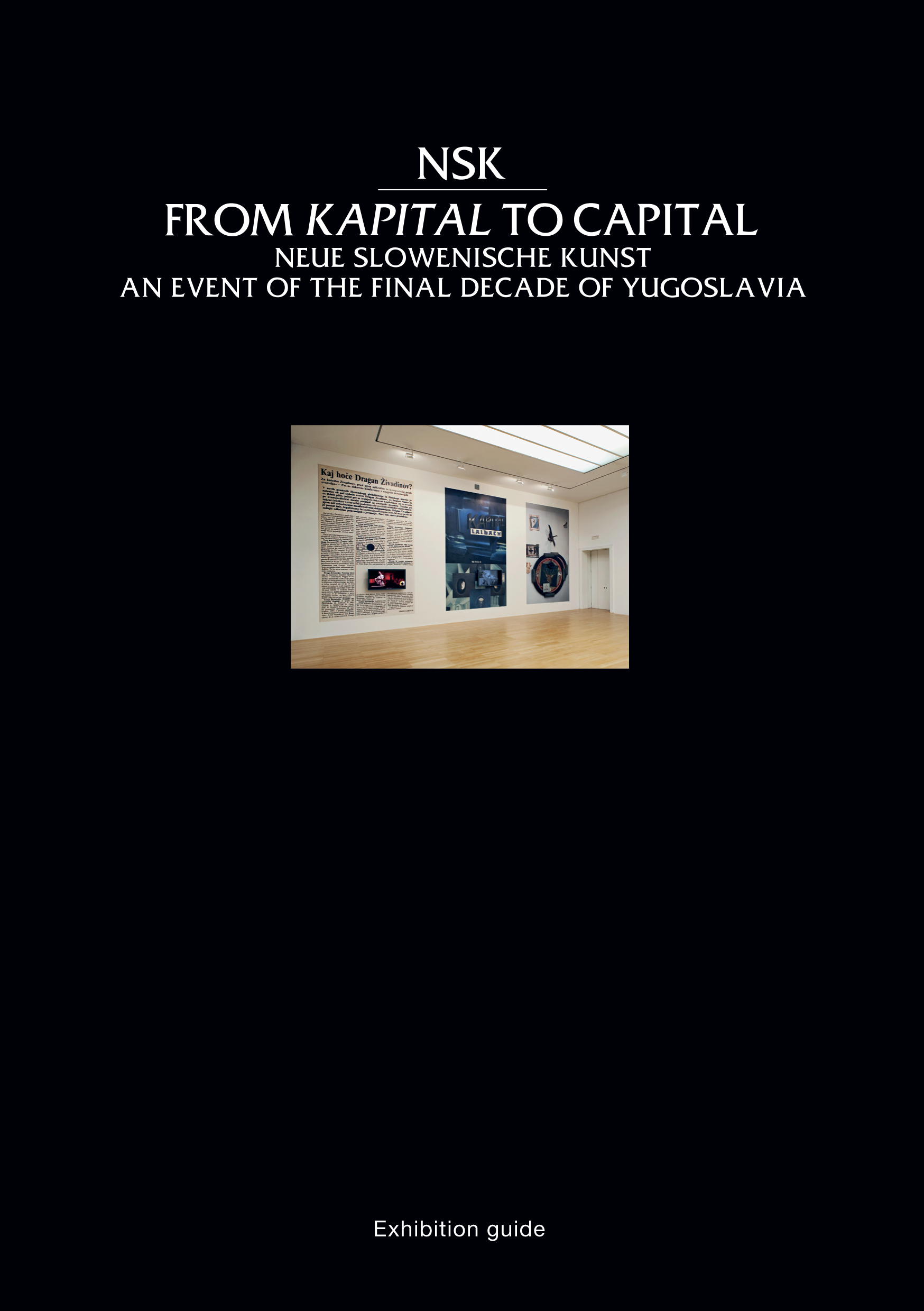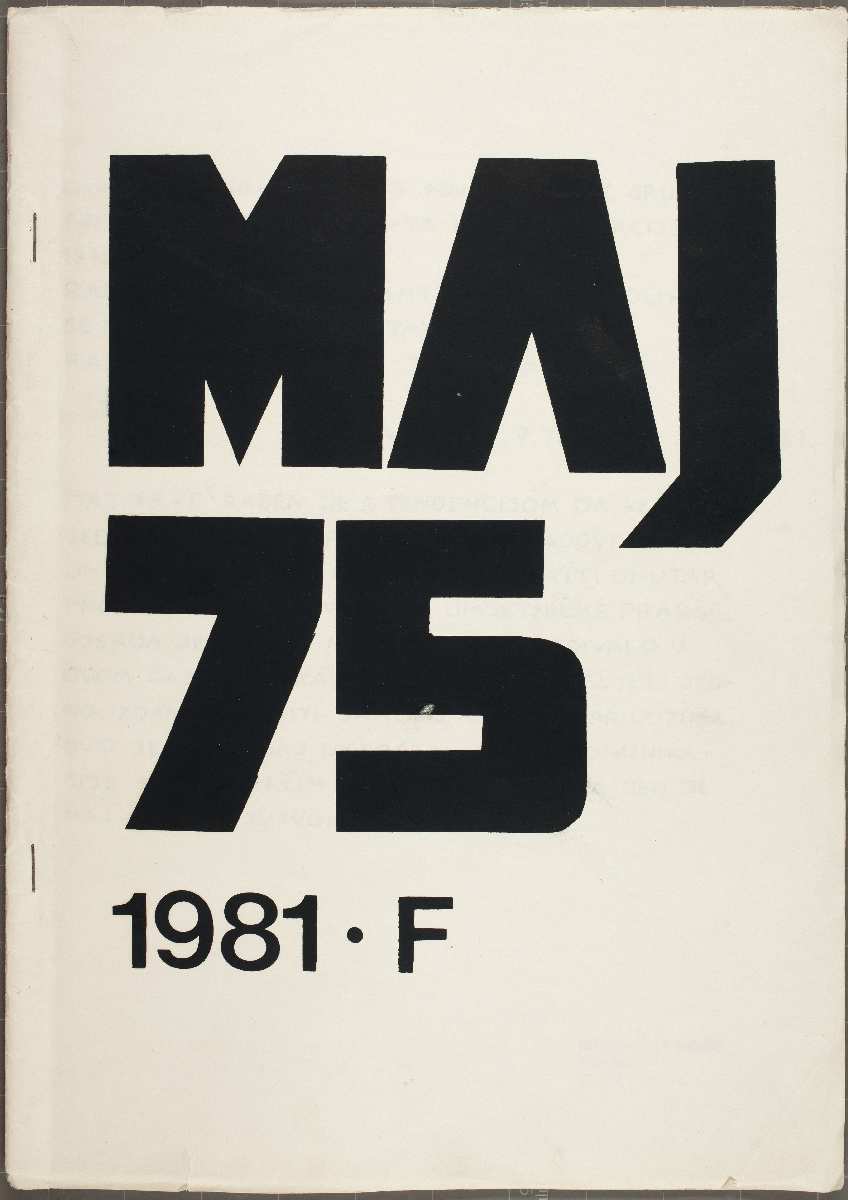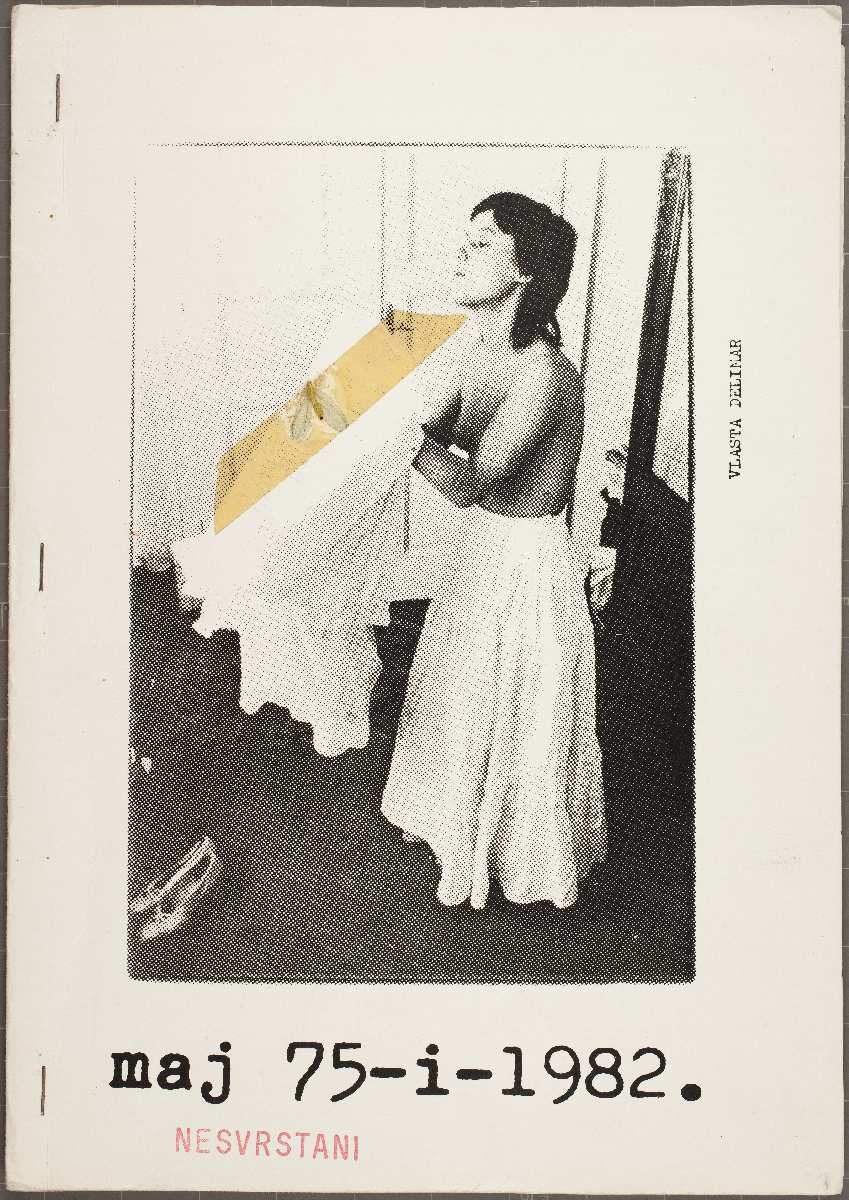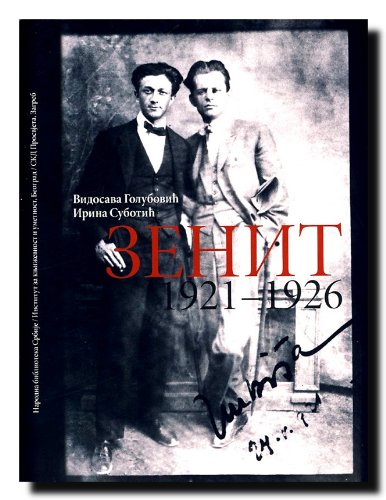NSK from Kapital to Capital: Neue Slowenische Kunst: An Event of the Final Decade of Yugoslavia (2015) [English, Slovenian]
Filed under catalogue | Tags: · appropriation, art, art history, capitalism, politics, retro-avant-garde, theory, utopia, yugoslavia

“The exhibition NSK from Kapital to Capital was the first major museum project of the Neue Slowenische Kunst (NSK) collective, and followed the events of its individual constitutive groups, from 1980 and the Laibach poster scandal in Trbovlje (Slovenia) through 1992, when the art collective transformed into the NSK State in Time. The title, NSK from Kapital to Capital, places the exhibition in the socio-political context of the turbulent 1980s, when the old world order was crumbling and the all-encompassing system of global capitalism was starting to come into its own.”
Publisher Moderna Galerija, Ljubljana, 2015
ISBN 9789612061142
83 pages
via L’Internationale
From Kapital to Capital (English, 2015, 2 MB, PDF)
Od Kapitala do kapitala (Slovenian, 2015, PDF, added on 2017-11-7)
Maj 75, A–L (1978-84, 1990) [YU]
Filed under artist publishing, catalogue, magazine | Tags: · art, conceptual art, new art practice, yugoslavia


“Maj 75 was an artists’ magazine initiated in 1978 by a group of Zagreb-based artists, the Group of Six Artists (Grupa šestorice autora: painter Boris Demur; photographers Željko Jerman, Sven Stilinović, and Fedor Vučemilović; poet Vlado Martek; and filmmaker Mladen Stilinović), or “a group of friends”, as they refer to themselves in the introductory pages of the magazine. The name of the magazine referred to the date of their first public exhibition. It was conceived as “magazine-catalogue” for their self-organized “exhibition-actions” which ranged from performing and creating installations on city streets and squares to taking trips to the seaside, where they created, performed, and documented work. Comprised solely of pages presenting artworks, the magazine can be viewed as an alternative exhibition space, enabling the artists to communicate their work to the public without the mediation and the sanctioning authority of art institutions and curators. Between 1978 and 1984, 17 issues were published (identified by the letters of the Croatian alphabet), with an additional one produced in 1990 and commemoratively titled Ex-Maj. Issue F, edited by Vlasta Delimar, was a women-only issue.” (Source)
“Exhibition venues were fairly limited for artists so the pages of Maj 75 became an alternative space for not only the Group of Six, but also an extended circle of Yugoslavian and other Eastern European artists, to produce and disseminate their work publicly. Artists such as Vlasta Delimar, Tomislav Gotovac, Sanja Iveković, Mangelos, Balint Szombathy, Raša Todosijević and Goran Trbuljak are a few examples of the many contributors during the history of publication. The magazine was printed in the studio of Vlasta Delimar and Željko Jerman.” (Source)
Published in Zagreb, 1978-84, 1990
via Digitizing Ideas
Commentary: Darko Šimičić (2003), Gwen Allen (2011), MoMA.org (2011), Ivana Bago (c2014).
Comment (0)Vidosava Golubović, Irina Subotić: Zenit, 1921-1926 (2008) [Serbian, English]
Filed under book | Tags: · art, art history, avant-garde, constructivism, dada, yugoslavia

A monograph about the Yugoslav magazine Zenit whose founder and editor Ljubomir Micić was the main progenitor of the avant-garde in Croatia and Serbia during the first half of the 1920s.
“Through the relentless publication of manifestos and statements in issue after issue of Zenit, Micić gave shape to a specifically Yugoslav avant-garde aesthetics: Zenitism, counterpointing the redemptive force of the Balkanic-Slavic ‘barbarogenius’ over against the decadence of Western Europe. Over the course of its five years of publication, Zenit accreted successive influences from international Expressionism, Futurism, Dada, and Constructivism to advance its cultural-political goals. Its political orientations were similarly idiosyncratic, eclectic, and fluctuating: a blend of Serbian nationalism, pan-Slavism, pacificism, Bolshevism (though often celebrating the anti-Western Russian character of Lenin and Trotsky rather than their Soviet politics), mystical new-age thought, internationalism, and anarchism. Zenit managed to garner a significant degree of international attention both for its solicitation of work for publication and for its subsidiary activities, such as the First Zenit International Exhibition of New Art held in Belgrade in April 1924. The example of Zenit and the aesthetic ideology of Zenitism inspired other important publications across the region, such as the Hungarian-language journal Út and the Slovenian journal Tank, as well as individual practitioners of avant-garde such as the Dadaist poet Dragan Aleksić and the Slovenian cubo-futurist Srečko Kosovel.” (Source)
The book includes two lead essays by Vidosava Golubović and Irina Subotić in English translation (pp 469-484).
Publisher Narodna biblioteka Srbije, Belgrade; Institut za književnost i umetnost, Belgrade; and SKD Prosvjeta, Zagreb, 2008
ISBN 867035182X, 9788670351820
516 pages
via Dubravka/MoW
Publisher (NBS)
Publisher (IKUM)
WorldCat

